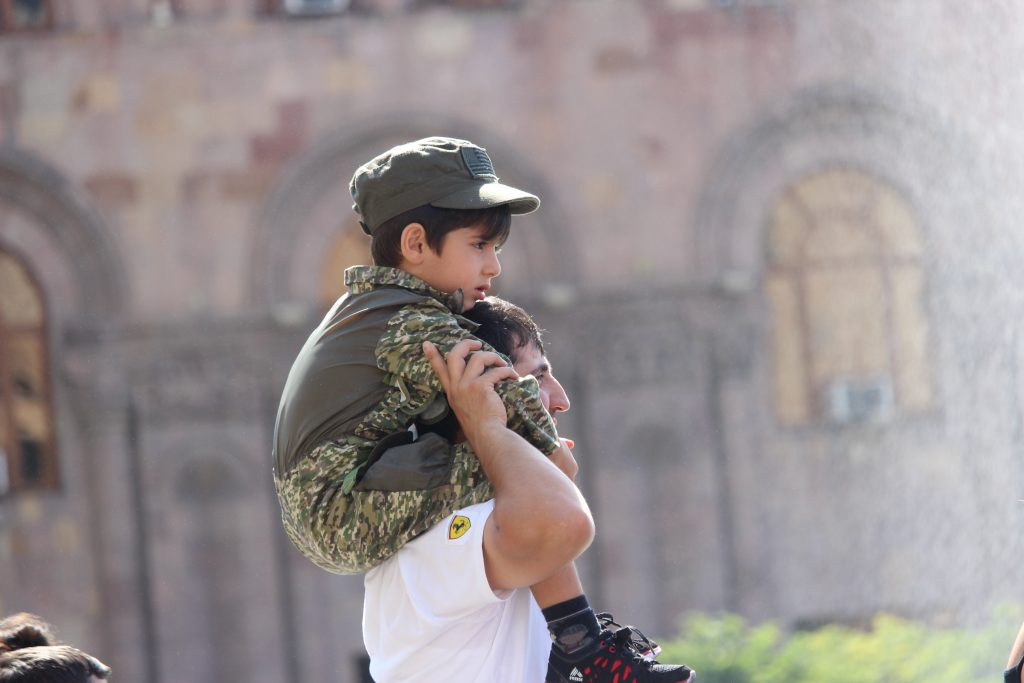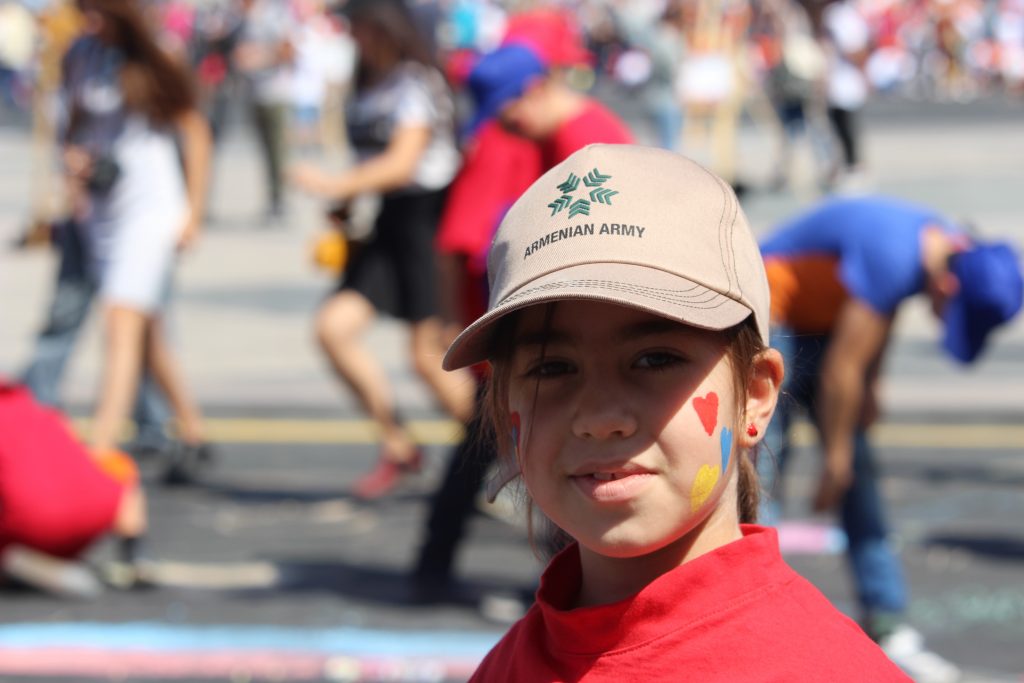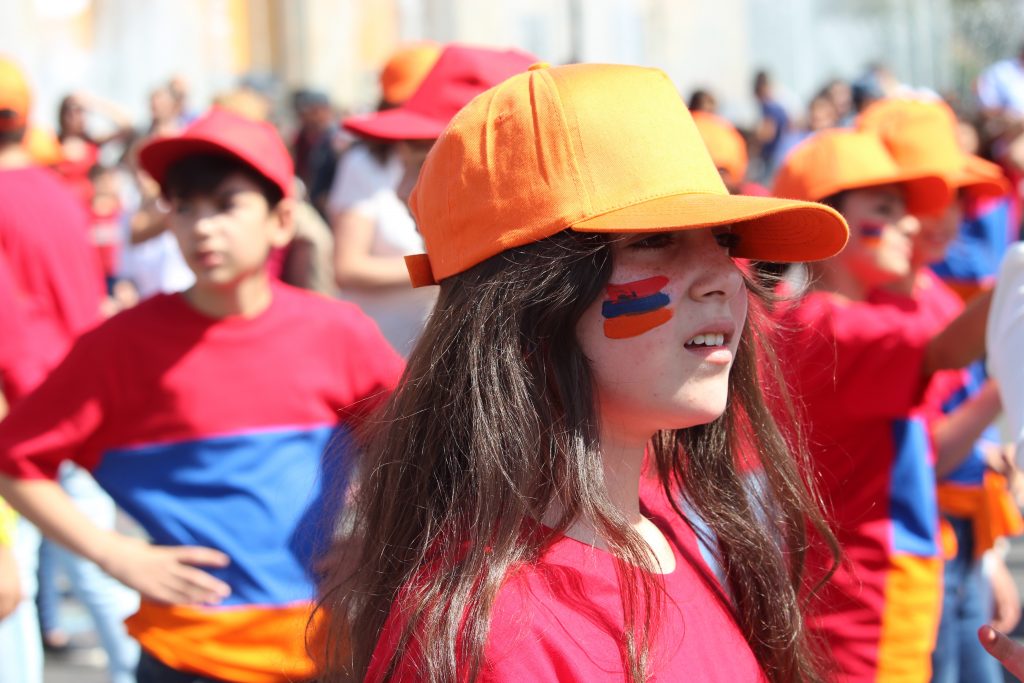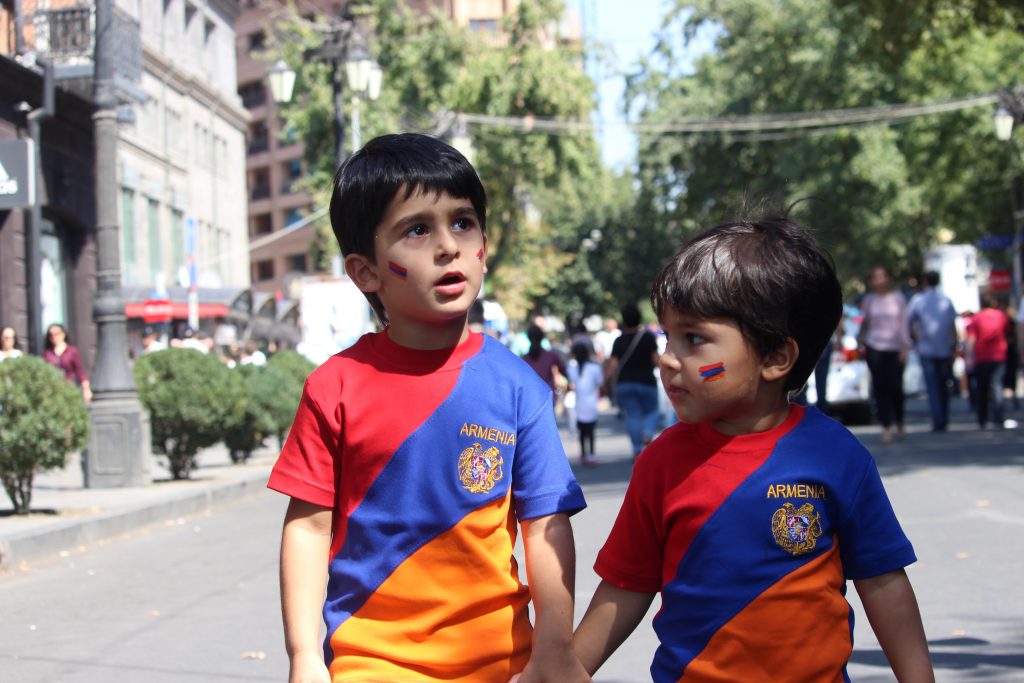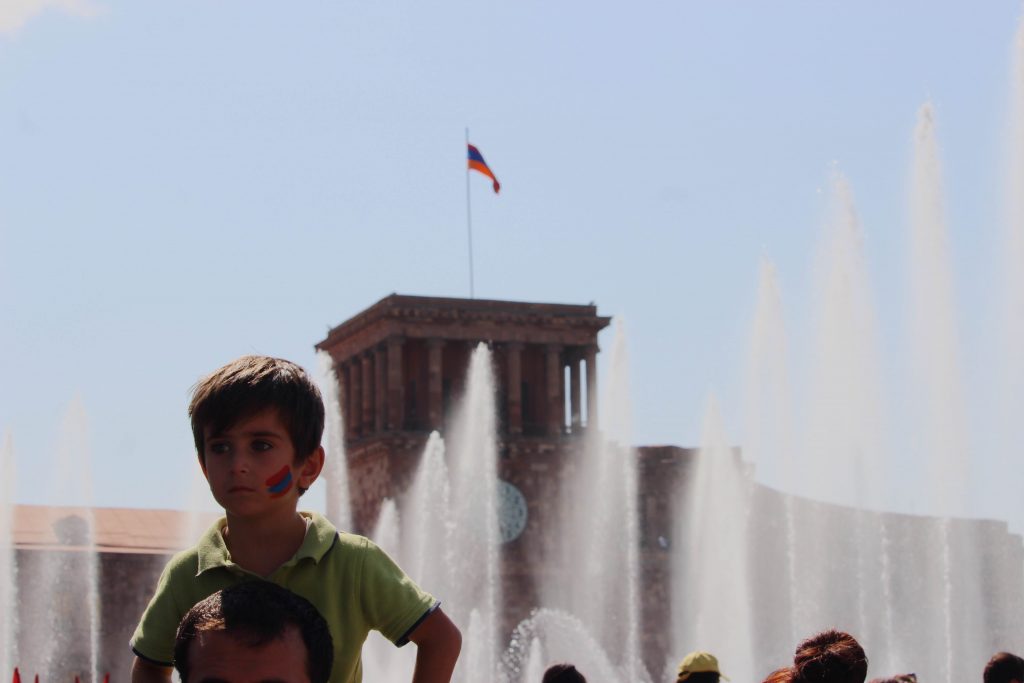BY HARUT SASSOUNIAN
A recently published book “Remembering for the Future: Armenia, Auschwitz, and Beyond,” edited by Michael Berenbaum, Richard Libowitz, and Marcia Sachs Littell, is a collection of scholarly papers delivered at a conference held at the American Jewish University in Los Angeles, March 8-11, 2014.
In his paper, “The Armenian Genocide as Jihad,” Prof. Richard Rubenstein attributes the Armenian mass killings to Islamic fanaticism against Christians. This is an often misunderstood topic even by Armenians who proudly proclaim that they were the first nation to adopt Christianity as state religion in 301 A.D. There is a whole folklore based on the misconception that Armenians were martyred because of their faith and refusal to convert to Islam. Given the current anti-Islamic fervor in the United States and elsewhere, some people are misled by these false claims.
Prof. Rubenstein starts his paper on the wrong footing when he describes a gruesome scene from “Ravished Armenia,” a 1919 Hollywood silent film which showed several naked Armenian women nailed to wooden crosses. Believing that “the Turks” intended to send a particular anti-Armenian and anti-Christian message with such horrifying images, Prof. Rubenstein mistakenly claims that the movie “could not have been filmed without the involvement and consent of Turkish authorities.”
Prof. Rubenstein bases his assumptions of the religious motive behind the Armenian Genocide on the fact that “the Ottoman Empire was governed as a theocratic state at the apex of which stood the Sultan, both the supreme head of state and, for Sunni Muslims, the Caliph and, as such, the successor to the Prophet and supreme protector of Islam.”
The Professor insists on stipulating a religious causal factor for the Armenian Genocide, even after quoting from the eminent scholar Dr. Vahakn Dadrian, who contradicts him. According to Dadrian, the members of the Committee of Union and Progress or Ittihad who gained power in 1908 and masterminded the Armenian Genocide, were not “followers of the tenets of Islam…. While the Ittihad continued to run the State largely as a theocracy, its leaders were personally atheists and agnostics.” It is difficult to believe that a devout Muslim would murder a single human being, let alone millions!
Dr. Rubenstein emphasizes the central role of Islam in the Turkish mass killings of Armenians, even though he acknowledges that “[Ronald] Suny and other scholars have argued that the predominant motive for the murderous homogenization project was nationalism and there is no doubt that radical nationalism played a part.” Rubenstein dismisses the issue of Pan-Turkish nationalism, arguing that “the most important motivation for the monumental ‘ethnic cleansing’ projects was religious and specifically a consequence of the unchanging nature of certain aspects of Islam.”
To demonstrate that religion was a major determinant in the Turkish leaders’ designs, Prof. Rubenstein states: “on November 2, 1914, the Ottoman Empire declared war on the Entente powers, Britain, France, Russia, and their allies. On November 13, the Ottoman Sultan, in his capacity as Caliph, issued an appeal for jihad. The next day, Mustafa Hayri Bey, the Sheikh-ul-Islam, and as such the chief Sunni religious authority in the Ottoman world, issued a formal (and inflammatory) declaration of jihad ‘against infidels and enemies of Islam.’ Jihad pamphlets in Arabic were also distributed in mosques throughout the Muslim world that offered a detailed plan of operations for the assassination and extermination of all ‘unbelievers’ except those of German nationality, the Empire’s wartime ally. Killing squads and their leaders were ‘motivated by both the ideology of jihad and Pan-Turkism influenced by European nationalism.’ While the practical influence of the jihad on the masses was limited, ‘it later facilitated the government’s program of genocide against the Armenians.’”
Prof. Rubenstein misses the point that religious fervor, rather than being the cause of the Armenian Genocide, was exploited to inflame the passions of the fanatical Turkish mobs in order to provoke them against the Armenians.
Instead of religion, the primary motivation for the destruction of Armenians was their removal as an impediment to Turkification and an obstacle to the Turkish leaders’ grand scheme of establishing a Pan-Turanist empire reaching Central Asia. Even though they were Muslims, a large number of Kurds were also killed, simply because they were not Turks!
Christian Armenians had no conflict with devout Muslims and their faith. In fact, large numbers of survivors of the Armenian Genocide were sheltered by Muslims in, Egypt, Iran, Iraq, Jordan, Lebanon, Palestine and Syria. Armenians remember well The Sharif of Mecca, Al-Husayn ibn Ali, who issued an edict in 1917 ordering Muslims to defend Armenian survivors of the Genocide, as they would defend their own families.
The Young Turks’ plan to eliminate Armenians from Ottoman Turkey was motivated by Pan-Turkish fanatical nationalism rather than Pan-Islamic fervor!






